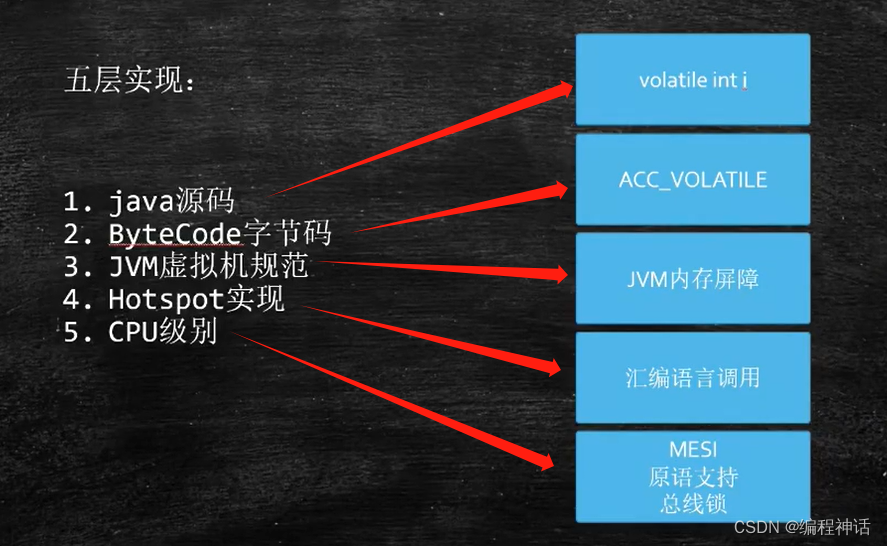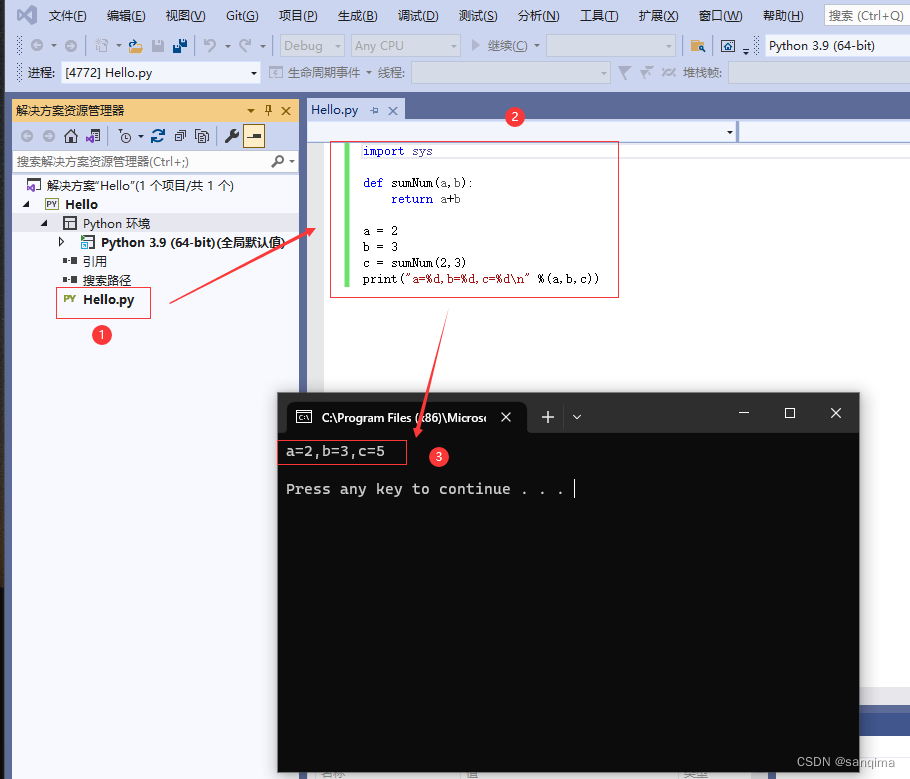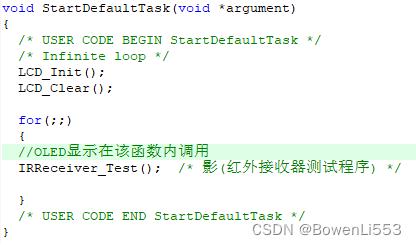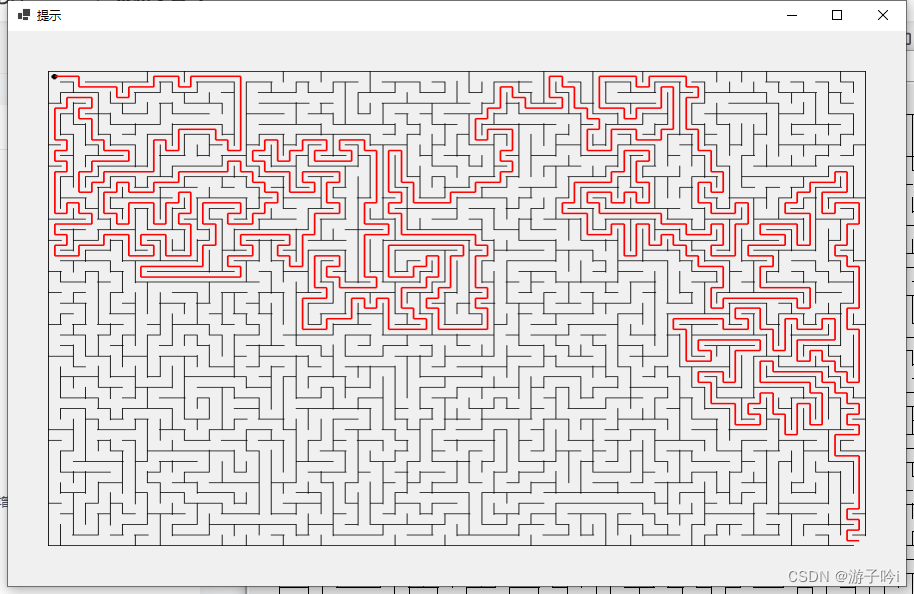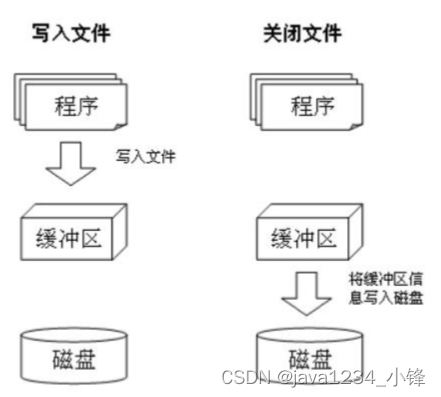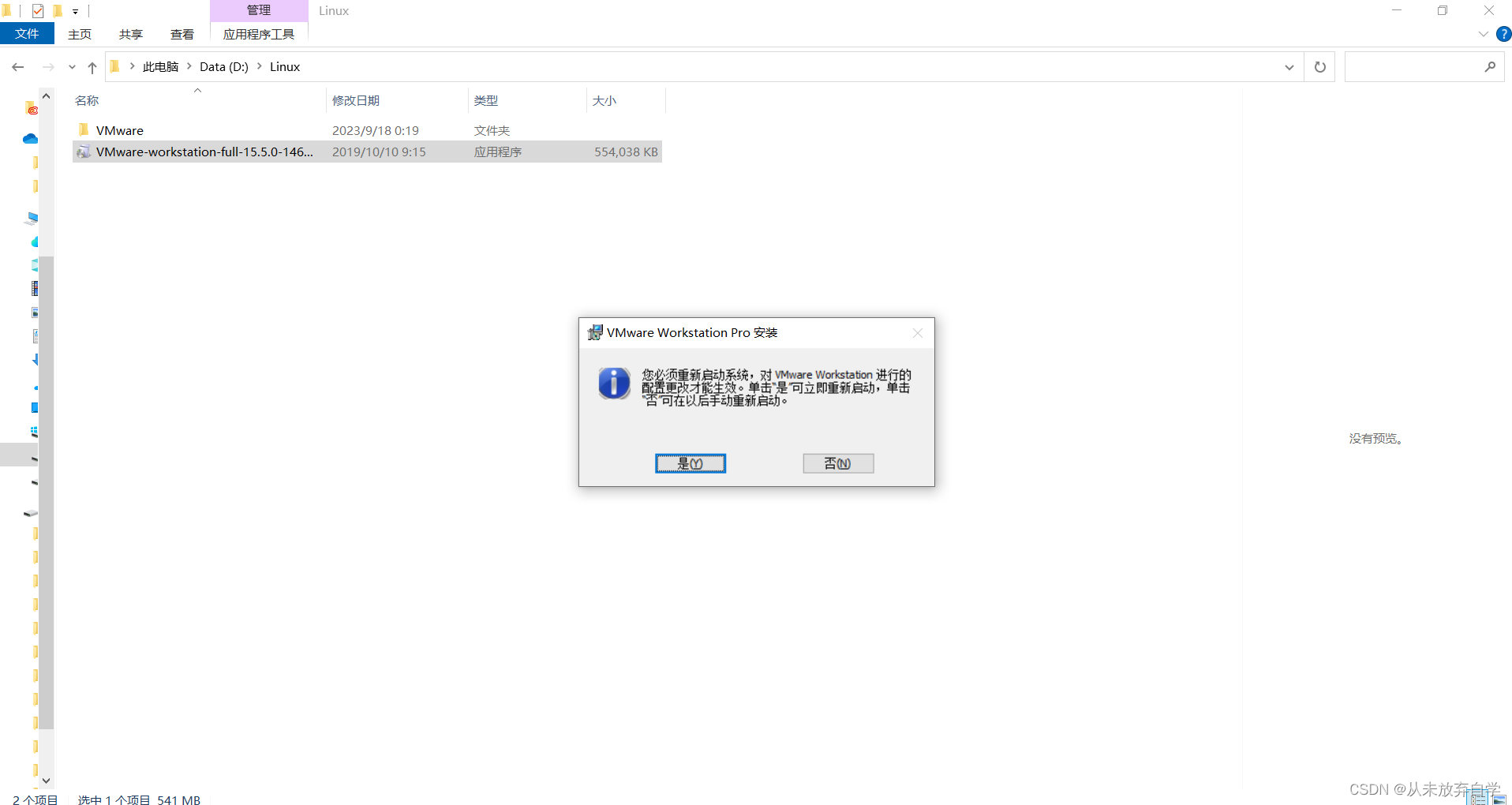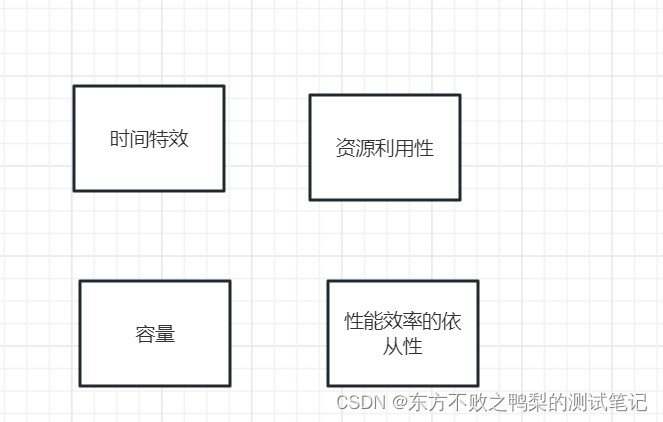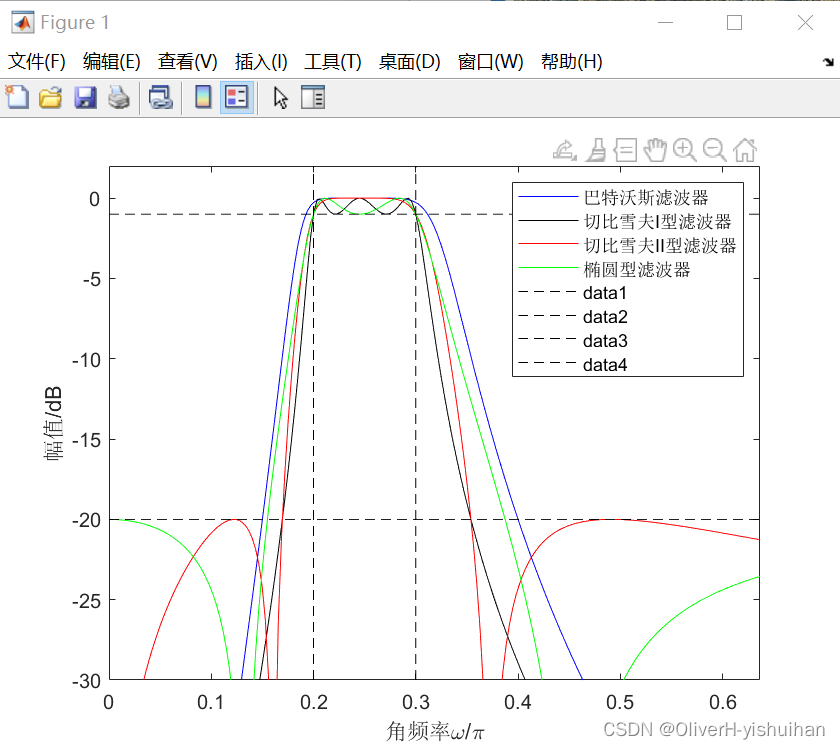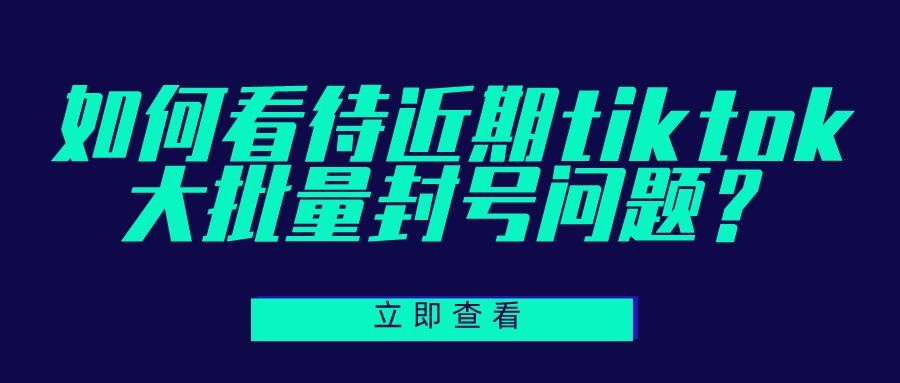一、可见性验证
下面的程序验证了voliate的可见性。
public class VolatileVisibilityTest {
private static volatile boolean inintFlag = false;
public static void main(String[] args) throws InterruptedException {
new Thread(() -> {
System.out.println("waiting data...");
while (!inintFlag){
}
System.out.println("===============success");
}).start();
Thread.sleep(2000);
new Thread(() -> prepareData()).start();
}
public static void prepareData(){
System.out.println("prepare data.....");
inintFlag = true;
System.out.println("prepare data end....");
}
}
代码执行过程如下:
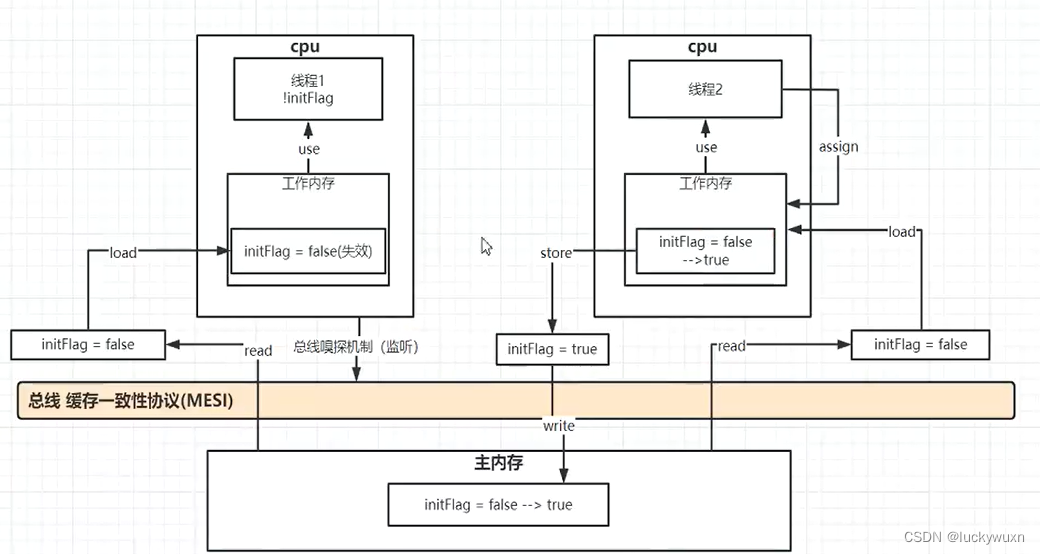
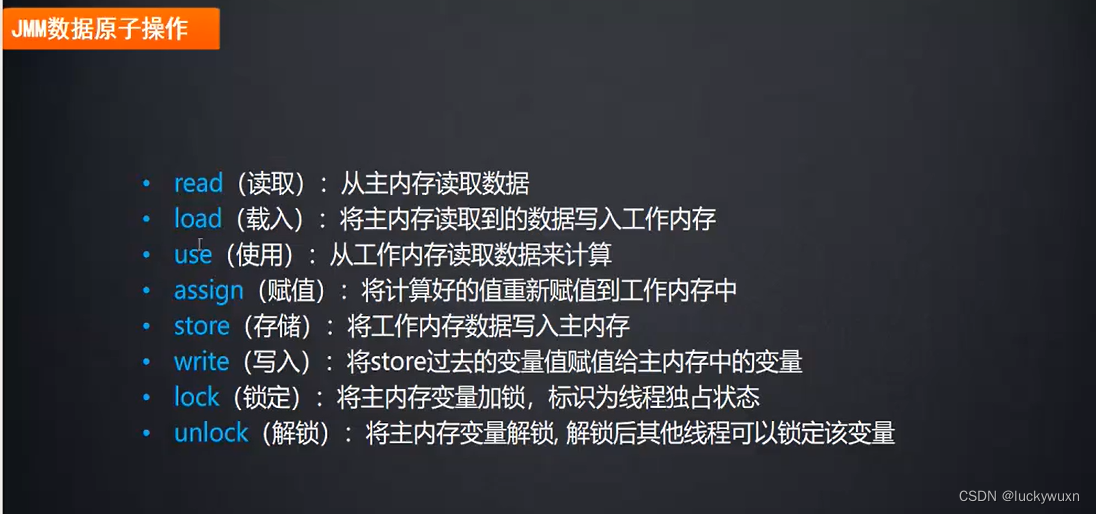
- voliate可见性的底层实现原理
通过程序执行的汇编指令发现,是通过锁机制实现的。
验证过程
- 下载反汇编程序插件
下载地址:https://download.csdn.net/download/luckywuxn/88347740 - 插件配置
将hsdis-amd64.dll放在 $JAVA_HOME/jre/bin/server 目录下 - idea中设置启动参数
-server -Xcomp -XX:+UnlockDiagnosticVMOptions -XX:+PrintAssembly -XX:CompileCommand=compileonly,*VolitaleDemo.main - 启动程序查看结果
控制台搜索lock关键字,将看到如下结果,结果现在lock指令执行的程序是在源代码的第28行。
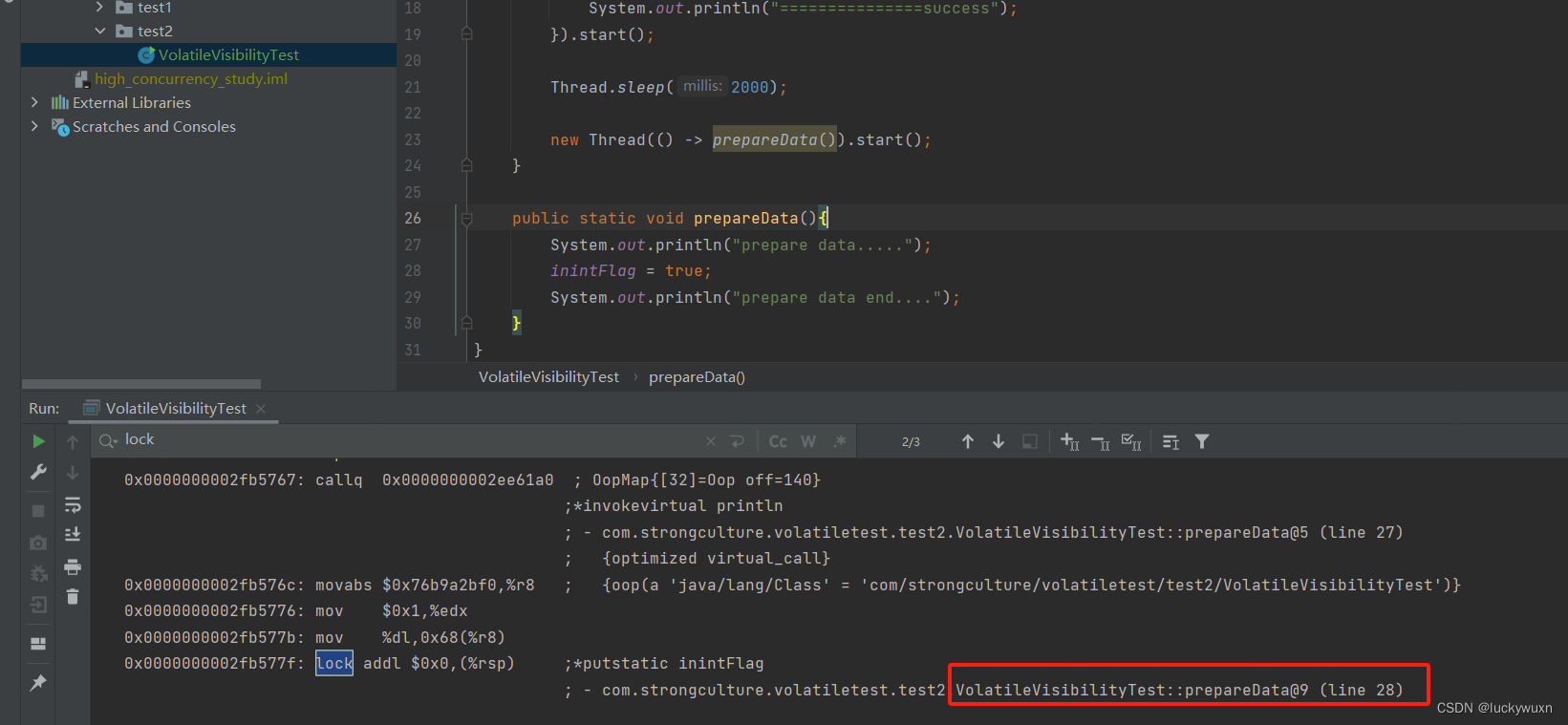
二、有序性
- 示例一
public class VolatileSerialTest {
static int x = 0,y = 0;
static int a = 0,b = 0;
public static void main(String[] args) throws InterruptedException {
long startTime = System.currentTimeMillis();
for (int i = 0;; i ++){
x = 0;
y = 0;
a = 0;
b = 0;
Thread one = new Thread(() -> {
a = y;
x = 1;
});
Thread other = new Thread(() -> {
b = x;
y = 1;
});
one.start();
other.start();
one.join();
other.join();
if (a == 1 && b == 1){
long endTime = System.currentTimeMillis();
System.out.println("经过" + (endTime - startTime) + "ms," + i + "次之后a=b=1");
break;
}
System.out.println("当前执行" + i + "次");
}
}
}
运行上面代码,得到以下结果,由此我们可以得到结论,在没有使用voliate关键字时,两个线程中的两条指令是可以重排序的。
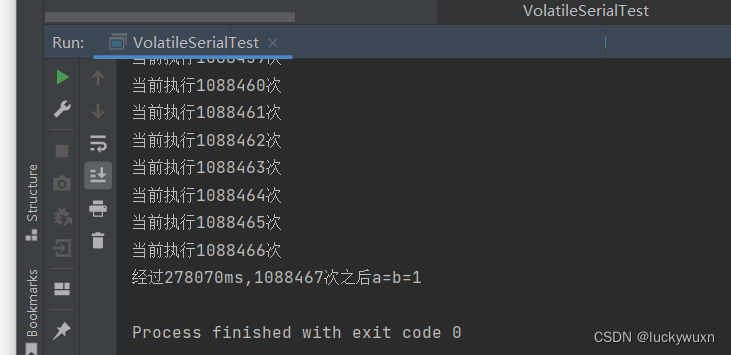
- 示例二
public class VolatileSerialTest2 {
private static VolatileSerialTest2 instance = null;
private VolatileSerialTest2(){
}
public static VolatileSerialTest2 getInstance(){
if (instance == null){
synchronized (VolatileSerialTest2.class){
if (instance == null){
instance = new VolatileSerialTest2();
}
}
}
return instance;
}
public static void main(String[] args) {
VolatileSerialTest2 instance = VolatileSerialTest2.getInstance();
}
}
编译之后,通过idea插件jclasslib插件可以看到字节码文件如下

由JMM规范可知,如果第11、12行是最新as-if-serial & happens-before 原则的,所有这两条指令是可能重排序的,为了防止重排序,我们只需要加上voliate关键字就可以了。
三、原子性验证
下面是一个原子性验证的代码:
class Counter {
private volatile int count = 0;
public void increment() {
count++;
}
public int getCount() {
return count;
}
}
public class VolatileAtomicTest {
public static void main(String[] args) {
final Counter counter = new Counter();
// 创建两个线程,同时递增计数器的值
Thread thread1 = new Thread(() -> {
for (int i = 0; i < 1000; i++) {
counter.increment();
}
});
Thread thread2 = new Thread(() -> {
for (int i = 0; i < 1000; i++) {
counter.increment();
}
});
thread1.start();
thread2.start();
// 等待两个线程执行完成
try {
thread1.join();
thread2.join();
} catch (InterruptedException e) {
e.printStackTrace();
}
// 输出最终的计数器值
System.out.println("Final Count: " + counter.getCount());
}
}
运行上面代码,结果如下

上面程序使用两个线程同时对voliate修饰的变量count进行累计操作,voliate对所有线程都是可见的,那为什么结果不是2000呢,这是由于voliate修饰的变量并不是原子的。
最后,给大家展示一下voliate的五层实现。
